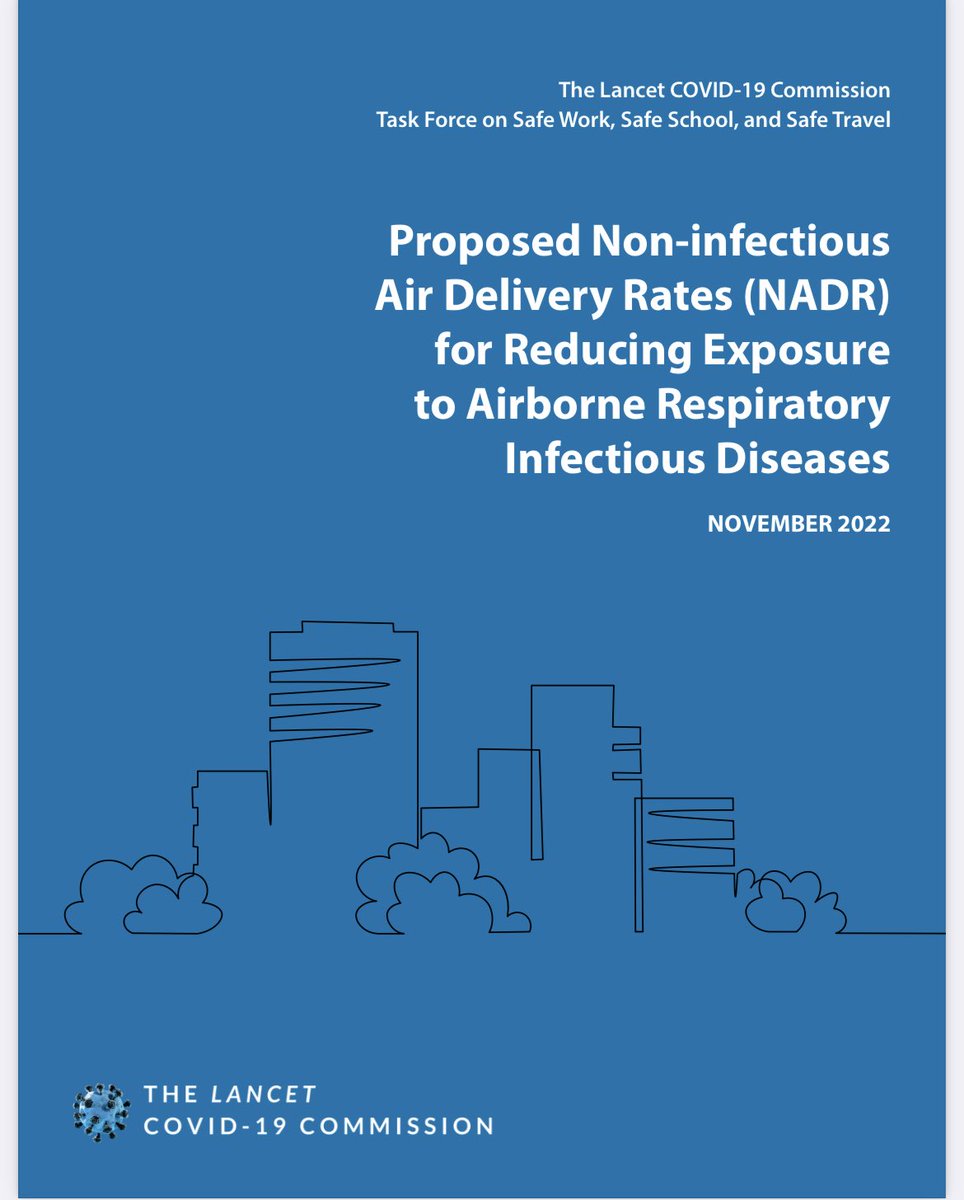
First class today and I brought up new #chatGPT policy. Sharing in case others find helpful.
Background: for one assignment students create a two-page summary for the public on a #HealthyBuildings topic.
🧵
Background: for one assignment students create a two-page summary for the public on a #HealthyBuildings topic.
🧵
2/ Answer basic questions: what is it? Why it matters for health? What are solutions. Topics can be anything (asbestos, VOCs, nano materials, green cleaners, SARS-CoV-2…)
3/ aside: Why only 2 pages? b/c it’s *hard* to write concisely for the public. It’s easy to spew out 5 pages.
4/ so, the problem should be obvious - chatGPT can do this assignment on seconds. So, here’s my policy:
1. Students can use chatGPT (it’s a tool they’ll use going forward, so they should learn how to use it well is my opinion)
1. Students can use chatGPT (it’s a tool they’ll use going forward, so they should learn how to use it well is my opinion)
5/
2. Students have to disclose if they use it (not dinged in any way if they use; not dinged if they don’t)
2. Students have to disclose if they use it (not dinged in any way if they use; not dinged if they don’t)
6/
3. Students are responsible for the accuracy of what they submit
4. Students are responsible for the citations (that they match and support the claim and are good/reliable sources)
3. Students are responsible for the accuracy of what they submit
4. Students are responsible for the citations (that they match and support the claim and are good/reliable sources)
7/
5. Students are responsible for plagiarism, including citations of “derivative works”, even if (when) chatGPT does not know it’s own sourcing
5. Students are responsible for plagiarism, including citations of “derivative works”, even if (when) chatGPT does not know it’s own sourcing
• • •
Missing some Tweet in this thread? You can try to
force a refresh








